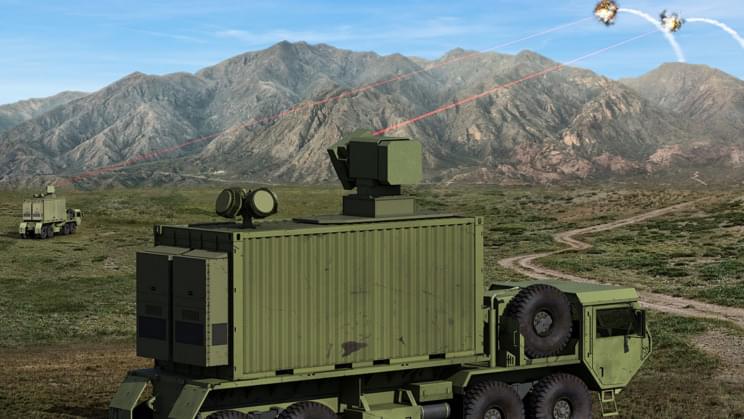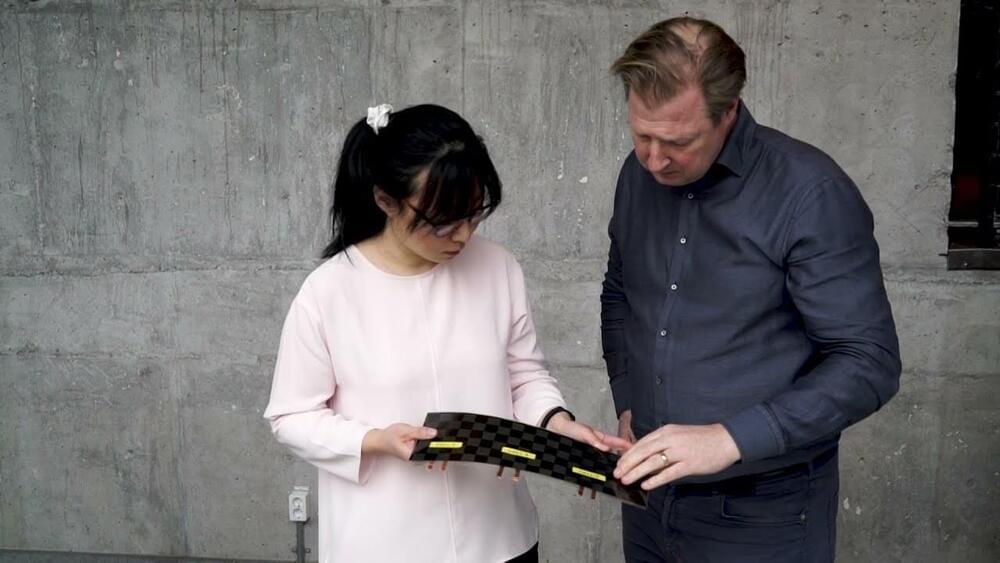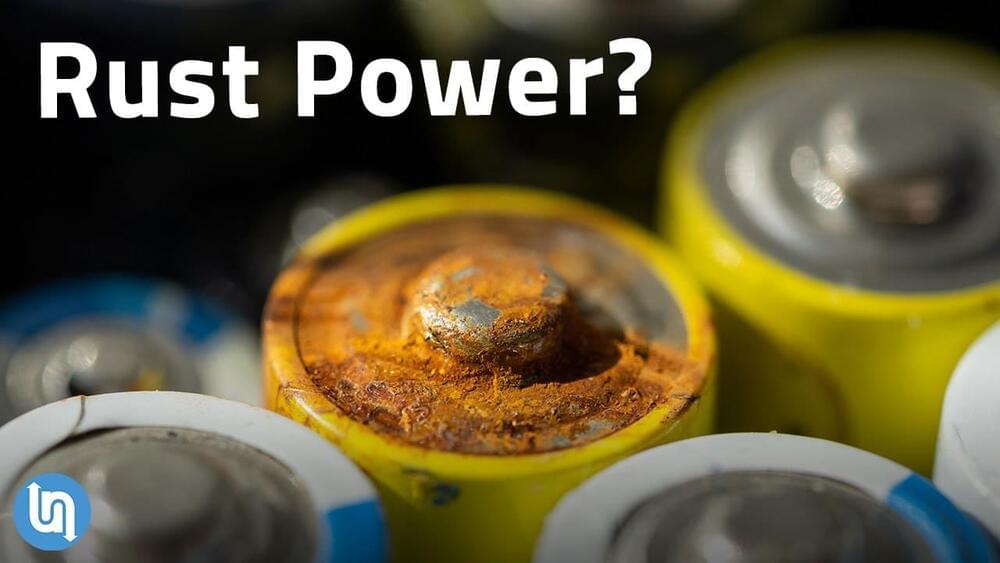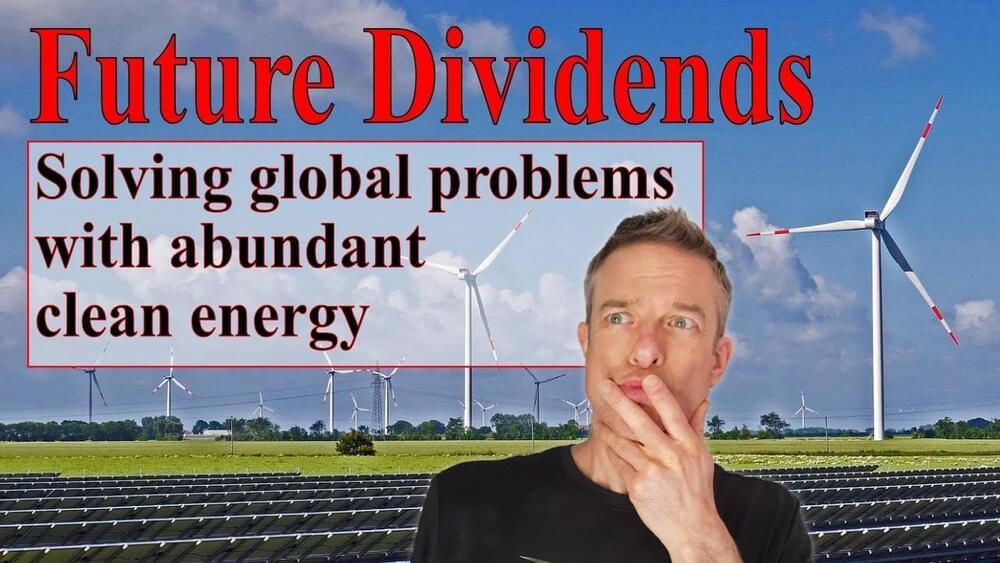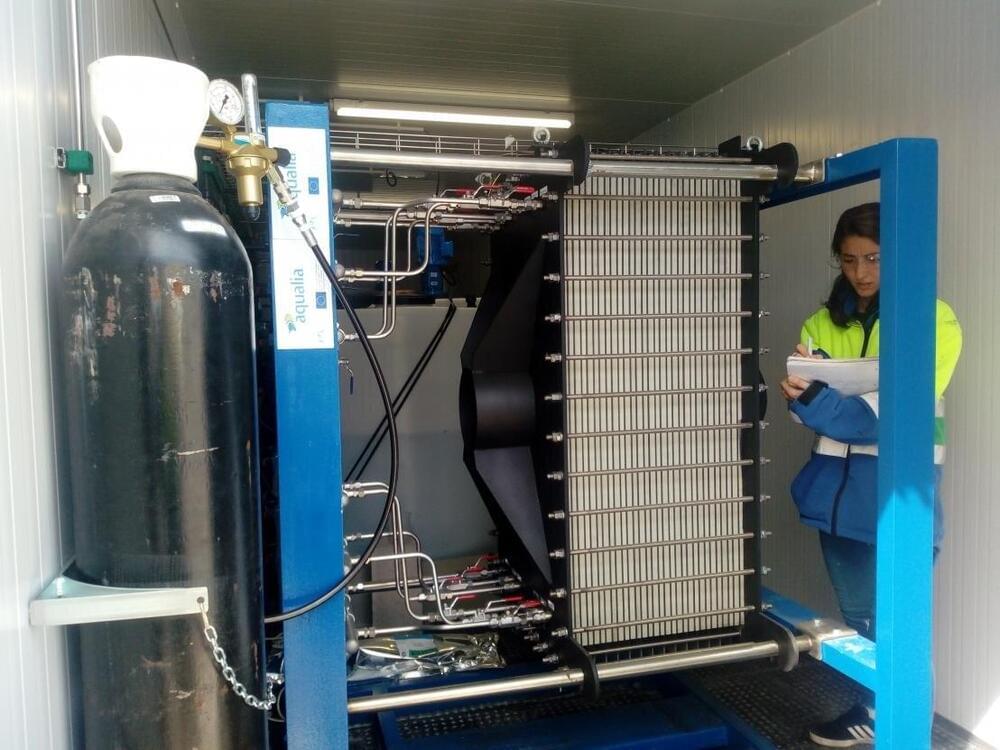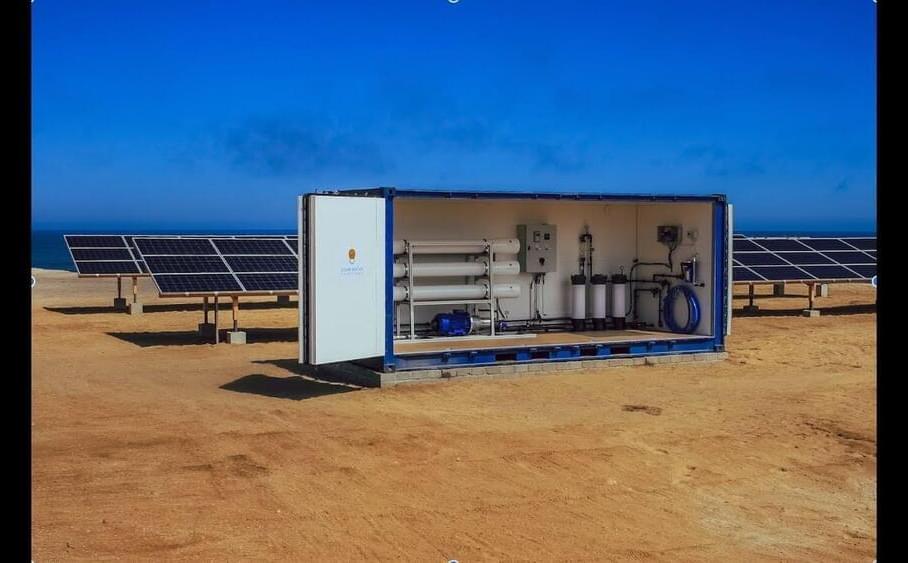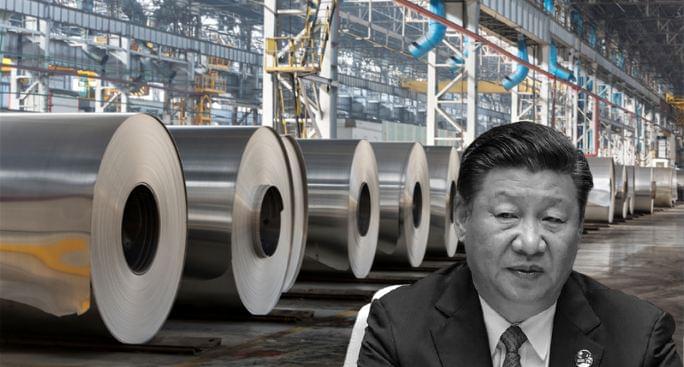Oct 28, 2021
US Army Commissions 300-kW Laser Weapon System, the Biggest So Far
Posted by Gemechu Taye in categories: energy, military
The contract is aimed at design demonstration, says the awardee.
The U.S. Army has moved a step closer to a future where it uses directed energy weapons to counter its adversaries. The Rapid Capabilities and Critical Technologies Office (RCCTO) of the U.S. Army has awarded a contract to General Atomics Electromagnetic Systems (GA-EMS) and Boeing to develop a prototype of a 300kW-class laser weapon system, a press release said.
In its efforts to strengthen its Short-Range Air Defense (SHORAD), the U.S. military is using multiple approaches. Earlier this week, we reported that General Dynamics was teaming up with Epirus Inc., to deliver a directed energy weapon using high-power microwave technology. The weapon developed through this collaboration will find its way on the Stryker combat vehicles that General Dynamics makes for the U.S. Army.
